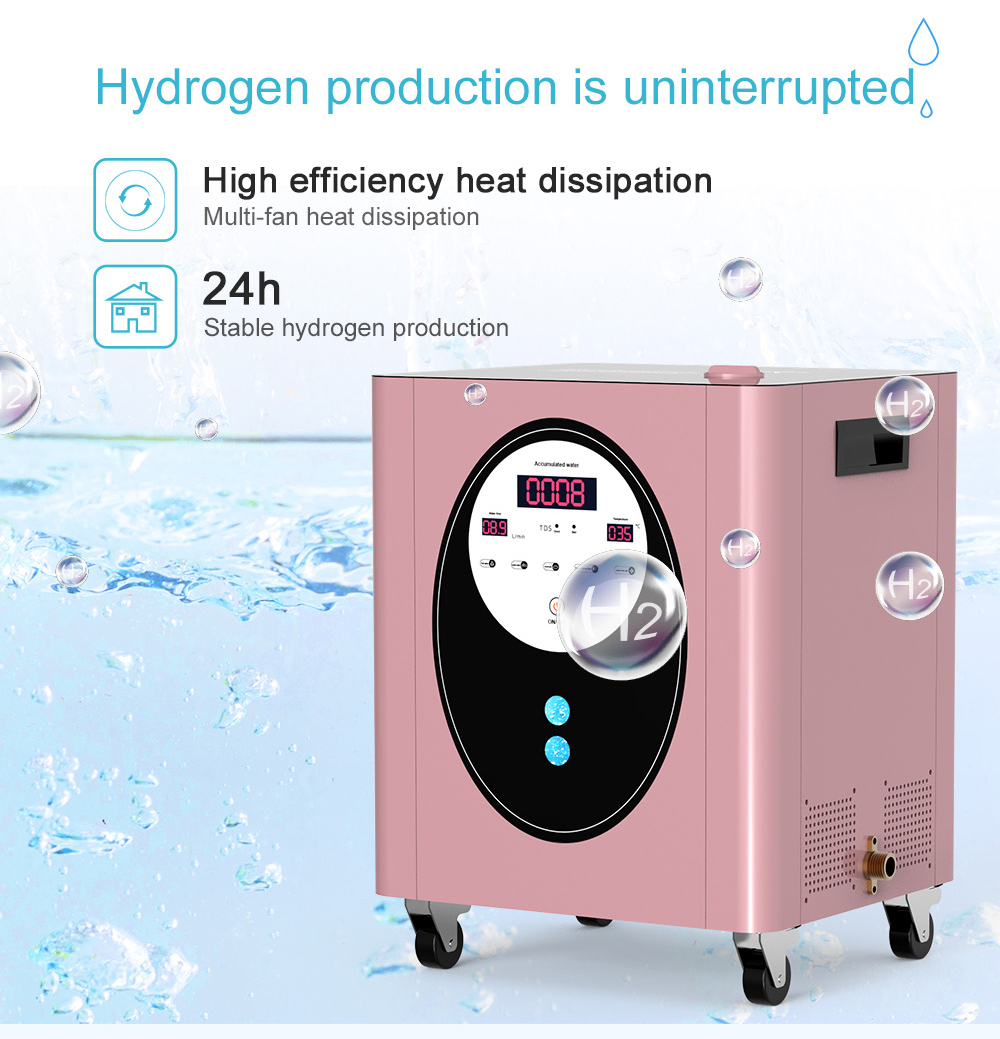Micro-robot medical field has broad application prospects
Release date: 2008-09-22
Scientists at Duke University in the United States have recently made a breakthrough by developing a tiny robot, just a few microns in size, capable of dancing to music on a stage smaller than the tip of a needle. These micro-robots, which lack traditional control systems, now demonstrate self-motivated behavior, showcasing a new level of autonomy in robotics. Professor Bruce Donald from Duke University emphasized the complexity of designing and controlling such minuscule machines. Each robot resembles a tongue depressor but is significantly smaller—nearly 100 times lighter and smaller than earlier versions. Originally called micro-electromechanical system (MEMS) robots, these devices can perform tasks like moving around in a laboratory setting. In a video, two of these robots were seen dancing to a Strauss waltz, with their stage measuring just 1 mm in size. Another demonstration showed them rotating delicately when their broom-like arms touched surfaces, similar to how a vacuum cleaner sweeps up debris.
The latest study by the research team highlights the progress in coordinating multiple micro-robots under a single control system. According to the upcoming report, this marks the first time that wireless control of a group of micro-robots has been achieved. The details of how scientists accomplished this "micro-integration" will be published in an upcoming issue of Micro-Electrical Systems. The small size of the robots is due to their independence from external control systems. Instead, they react differently to the same global control signal based on voltage variations at their working parts. This process is compared to how proteins in cells respond to chemical signals. Donald also used computer algorithms to simulate biochemical reactions, enabling the robots to move, turn, and surround objects in pre-programmed ways.
Donald has been researching micro-robots since 1992, starting at Cornell University and later at Stanford and Dartmouth before joining Duke. Early models were inspired by microbial cilia, capable of moving across microchips. He once placed 15,000 silicon cilia on a 1-square-inch area. In a previous publication, the robots were described as about 60 microns wide, 250 microns long, and 10 microns high, powered by charged surfaces. Using a "catch-up" power driver, they could move like a ruler across surfaces, taking thousands of steps per movement.
The potential applications of micro-robots in medicine are vast. American scientist Ray Kuzwell believes they will revolutionize artificial intelligence, changing our understanding of it entirely. Currently, scientists have developed micro-robots for vascular treatment, with plans to create ones that can navigate capillaries. Such robots could enter the brain, influencing human brain cells and redefining what we consider "artificial intelligence." Unlike traditional robots, these micro-robots use advanced chips that work in tandem with the brain, solving the challenge of balancing size and speed. With "smart cooperation," future AI may integrate human and machine intelligence, creating a new era of cognitive enhancement.
Supercomputers today already perform over 100 million calculations per second, making it possible to scan the entire brain and even surpass the limits of biological neurons. Smart terminals used by AI robots could become more intelligent than humans, combining the strengths of both organic and non-organic intelligence. While some worry about the risks of machine intelligence, these robots are ultimately created by humans. Scientists are already testing micro-robots in blood vessels, where nano-robots could act like white blood cells, downloading software wirelessly to destroy pathogens quickly. In the future, such robots might influence the brain, enhancing cognitive functions and extending human capabilities. As research progresses, the line between man and machine continues to blur, opening new possibilities for the future of technology and biology. Shanghai Medical Device Industry Association



spe water electrolysis,hydrogen water generator, hydrogen rich water generator, molecular hydrogen water generator, hydrogen health water
Shenzhen Suyzeko Limited. , https://www.nirlighttherapy.com